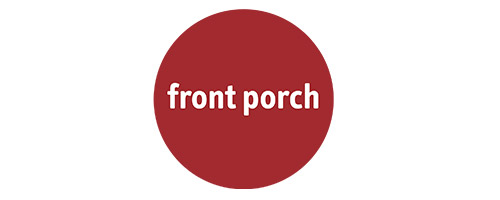New advocacy toolkit spotlights malnutrition in older adults
A new toolkit has been created to help advocates promote policies that address the growing crisis of malnutrition among older adults. Advocacy at its best can help improve individual and community health, reduce health disparities and protect and promote the human rights of older adults, which is one of the nine principles of active aging identified by the International Council on Active Aging.
Up to half of older adults are at risk of malnutrition or actively malnourished, and malnutrition is highest in Black, older adult, and low-income communities, although many cases are undiagnosed. Recent reports of pandemic-related food insecurity among older adults emphasize the continued need for federal relief funding and other nutrition benefits.
“Policy Opportunities for Nutrition Care and Healthy Aging,” a federal advocacy toolkit, has been released by Defeat Malnutrition Today and Women in Government to help bring the issue of malnutrition in older adults to the attention of federal policymakers. The toolkit provides information about older adult malnutrition and tips for communicating the problem to US legislators. It also outlines strategies for helping policymakers address malnutrition in legislative and public health policies.
As older adults become a larger proportion of the population, it becomes even more important to promote public health policies that help keep them healthy and active. Establishing policies to fight malnutrition and standards to measure the effectiveness of nutrition programs can lay a foundation for active aging.
Adapting institutional trainings to emphasize malnutrition screening and assessment in many healthcare settings could reduce the incidence of untreated malnutrition. These efforts can be strengthened when institutions and organizations across the spectrum of care adopt best practices and quality standards. Such standards include the Global Leadership Initiative on Malnutrition (GLIM) criteria for diagnosing malnutrition and Enhanced Recovery After Surgery (ERAS), an evidence-based care improvement process for surgical patients.
Malnutrition is pervasive and costly, causing patient harm and slow recovery, but it has not yet been addressed by a systematic, consistent approach throughout the healthcare system. The causes of malnutrition are multiple and complex, and solutions require collaboration among many groups. The toolkit organizes the many recommendations for improving malnutrition care into four goals.
- Improve quality of malnutrition care practices. National health and chronic disease reports and action plans should address the importance of malnutrition care.
- Improve access to high-quality malnutrition care and nutrition services. Access could be improved if the Centers for Medicare & Medicaid Services would adopt a global malnutrition composite score measure in hospitals. In addition, passing the Medical Nutrition Therapy Act could help improve access.
- Generate clinical research on malnutrition quality of care. Increasing research on older adult nutrition needs and the impact of malnutrition on health outcomes and equity would provide better data to improve programs.
- Advance public health efforts to improve malnutrition quality of care. There are no federal public health goals, such as Healthy People 2030, that address malnutrition. Adding malnutrition screening and monitoring questions to national surveys of older adults could help measure a key health indicator for older adults.
Pursuing change through advocacy
Here are a few tips from the Academy of Nutrition and Dietetics to advocate effectively.
- Know the goals of your advocacy. To advocate for reducing malnutrition in older adults, it is important to increase awareness and inform federal legislators of the issue.
- Create a plan on how to accomplish your goals. This can involve educating your community and federal policymakers on the impact, prevention and treatment of malnutrition. The advocacy toolkit offers information about the problem of malnutrition and provides tips on how to best communicate with your federal policymakers and through social media.
- Find available resources to support your work. Toolkits and collaborations help bring attention to the problems and provide potential solutions.
- Consider the point of view of your audience. Are you talking to your local community or writing a formal letter?
- Understand whether your audience has the authority to make change. Focus your advocacy efforts on people who can create change.
- Make your case. We are united by a common purpose: serving the older adult.
The COVID-19 pandemic and the rapidly growing older adult population have increased the urgency for policy and advocacy to promote health and well-being for older adults. The new advocacy toolkit from Defeat Malnutrition Today and Women in Government outlines strategies that support a high-quality malnutrition care and offers recommendations that can be embraced by the broader US health system.
Collaborations and partnerships are needed to bring these ideas to life and to secure the future of healthy aging with good nutrition and high-quality, coordinated malnutrition care. Providing policymakers with the information they need can ensure that the voices of stakeholders (you, your family, and your community) are heard.
Meredith Ponder Whitmire
Policy Director
Defeat Malnutrition Today
Laura Borth, MS, RD, CD
Policy Analyst
Defeat Malnutrition Today
You can find additional malnutrition information and resources at: https://defeatmalnutrition.today/.
Note: This information is not intended to replace a one-on-one relationship with a qualified healthcare professional and is not intended as medical advice. It is intended as a sharing of knowledge and information from research. The view expressed here are not necessarily those of the ICAA, we encourage you to make your own health and business decisions based upon your research and in partnership with a qualified professional.
Share






























